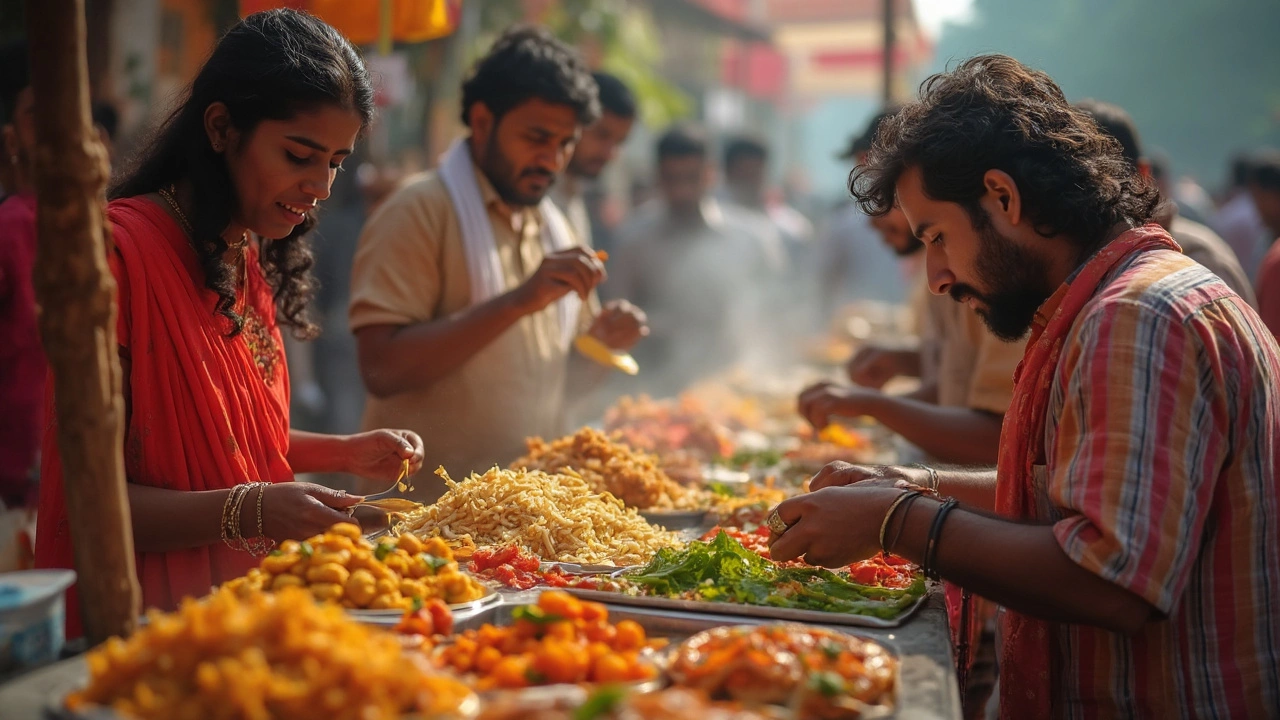SEARCH
Food Safety in India – What Every Traveler Should Know
India offers amazing flavors, but a bad stomach can ruin the whole trip. Knowing how to eat safely lets you enjoy the food without worrying about getting sick. Below are the most useful things to keep in mind, from street stalls to restaurant meals.
Common Risks and How to Spot Them
First, understand what can make you ill. The main culprits are contaminated water, under‑cooked meat, and unhygienic handling. Look for clean cutlery, a tidy kitchen, and staff who wear gloves. If a place looks dirty or the food sits out for a long time, walk away.
Street food is a big part of the Indian experience, but not all stalls are equal. The safest carts are the ones where you see food being cooked right in front of you, where the fire is hot and the oil is bubbling. This heat kills most germs. If the vendor’s water looks cloudy or there’s no running water for washing hands, it’s a red flag.
Water safety is another big issue. Tap water in most Indian cities is not safe to drink. Stick to bottled water that’s sealed, or use a reliable purifier. Avoid ice unless you’re sure it’s made from purified water.
Practical Tips for Safe Eating and Drinking
Carry a small travel kit with hand sanitizer, wipes, and a few anti‑diarrheal tablets. Wash your hands before every meal, even if you use sanitizer. When you order, ask for your dish to be cooked well‑done. Chicken and pork should be piping hot, and you can request no raw onions or garlic if you’re sensitive.When eating at restaurants, check that the kitchen area is visible from the dining room. A busy kitchen usually means faster turnover, which reduces the chance of food sitting out too long. Look for a seal of approval like the FSSAI logo on packaging – it shows the food meets basic safety standards.
If you want to try local specialties like pani puri, vada pav, or dosa, do it at a place that serves fresh batter daily. Stale batter can cause stomach upset. For sweets, choose shops that keep their items refrigerated or in a glass case.
Don’t forget your drinks. Fresh fruit juices are tempting, but they’re often made with unfiltered water. Opt for juices that are boiled or served in sealed bottles. Tea and coffee from reputable cafes are generally safe because they’re boiled.
In case you feel unwell, stay hydrated with oral rehydration salts (ORS) and seek medical help if symptoms last more than a day. Most big cities have English‑speaking doctors familiar with travel‑related stomach issues.
Finally, remember that the Indian government monitors food safety through the Food Safety and Standards Authority of India (FSSAI). Look for the FSSAI logo on packaged foods and on menus where it’s displayed. While the system isn’t perfect, it gives an extra layer of confidence.
Enjoying Indian food doesn’t have to be risky. By watching the kitchen, choosing hot over cold, drinking safe water, and keeping a few basic supplies handy, you can taste everything from street snacks to fine dining without a worry. Happy eating!

What Not to Eat in India: Your North India Survival Guide
Worried about getting sick while tasting your way through North India? This guide cuts through the confusion, listing exactly what foods and drinks to avoid if you want to dodge stomach troubles on your trip. Learn practical tips, why certain foods are risky, and what you should look for before digging in. Save yourself the hassle and eat with confidence in Delhi, Agra, Jaipur, and beyond. Stay healthy and enjoy the real flavors of India, without any nasty surprises.
Continue reading